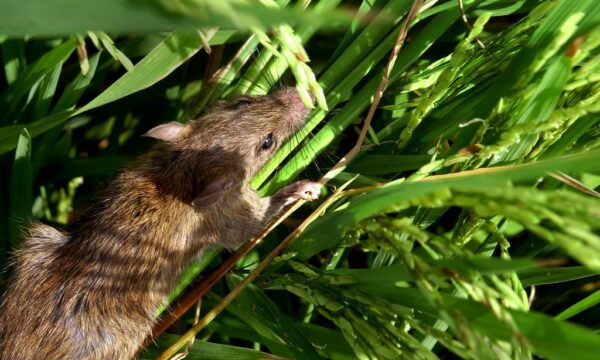by Tim Sissons of William Morfoot land drainage, experts based in the East of England.
Along with a combination of other factors, agriculture, and therefore food production depend on the proper management of water to enable crops to develop properly and yields to be healthy.
Globally, ecosystems and environments vary greatly and even the most experienced crop producers can see a drop in yields when dealt a particularly nasty deal by Mother Nature.
To provide them with sustainable agricultural development and to help secure their harvest, farmers often rely on land drainage systems to help them cope with a deluge of rain or even a lack of it.
Although it may seem like an odd statement, a sustainable land drainage system is as important in areas of low rainfall as it is in those where rainfall is high. In the first instance a correctly installed land drainage system can help to minimise soil salinisation and in the second it is necessary to prevent the water logging of soils which can lead to a whole host of difficulties.
In 2002, the FAO estimated that salinity had damaged about 20 to 30 million hectares of irrigated land, resulting in loss of crops for a number of those working in the agricultural industry globally – upsetting food security. A build-up of saline happens more regularly on irrigated land due to the addition of salts in irrigation water where natural drainage is insufficient.
Land drainage is also pivotal for securing the quality of soils, as waterlogging prevents crops accessing the vital nutrients needed to grow to their full potential.
So how is land drainage relevant across the world? And how do different ecosystems use land drainage systems to their advantage?
Let’s start in the rice fields of Asia – a place where you’ll find plenty of water! The humid tropical region of Asia is an excellent climate for year-round crop production with abundant sunshine, extensive rainfall and high temperatures. Many in the agricultural industry take the logical choice of wetland rice cultivation due to the nature of the environment. However, over 25% of the 126 million hectares of Asian ricelands suffer from excess water problems during the wet season. Many of them have implemented land drainage systems to resolve excess water issues and also to enable them to diversify their crops somewhat, rather than relying solely on rice production.
Although an image of a desert may leave the untrained eye thinking that this sort of environment is completely unproductive it is an incorrect assumption. Rather than land drainage, in these areas it is all about water management and collecting surface water from remote catchment areas, using local groundwater and water collected from local storms followed by a micro-irrigation is key to increasing soil productivity.
Drainage is, however, required to reduce the impact of salt accumulation which can often occur where shallow water tables are found. Drainage techniques involve shaping fields and building field drains to collect any surface runoff and lowering the groundwater table can be achieved by installing underground drainpipes or open field ditches.
Finally, turning attention to the UK, the wet weather of 2012 caught a number of farmers off-guard and a knee-jerk reaction to waterlogged fields and poor yield sparked a generation into investing in land drainage on account of their existing land drainage systems being long in the tooth.
Mother Nature really has dealt a bad hand this year, and despite the fertility of British soils, many crops have been hit hard as we saw one of the driest winters followed by the second wettest spring and summer months on record.
In October last year, one of the largest potato producers estimated that the crop would fall by 25% from last year, a yield which stands at the lowest for more than 30 years thanks to the poor weather. Wheat yield has also slipped to less than 7.0 tonnes per hectare – the lowest figure since records began in 1977. Many farmers due to waterlogged fields were forced to abandon cereals in peak harvesting season being unable to access fields for fear of getting machinery stranded. It isn’t just the farmers who are affected but the consumers too with the British Potato Council claiming that you’ll now be paying three times the average price of a potato last year.
Difficult weather conditions always highlight the importance of preparation and planning for the worst, which is where land drainage can come in. Factoring a programme of field drainage or ditch maintenance which fits around the farming calendar may give farmers the ability to restrict the impact of a downpour or period of drought, which will make all the difference when it comes to harvest time.
1 Comment
Leave a Reply
Related News & Blogs
Five yield-threatening pests and diseases of rice
Pests and diseases of rice are a significant constraint in rice production, accounting for up to 30% of yield losses. Rice is cultivated in over 100 countries and is a staple food source for over half the world’s population. Therefore, the sustainable…
28 November 2023







Reblogged this on Science on the Land and commented:
argylesock says… Times are hard for farmers as our climates change.